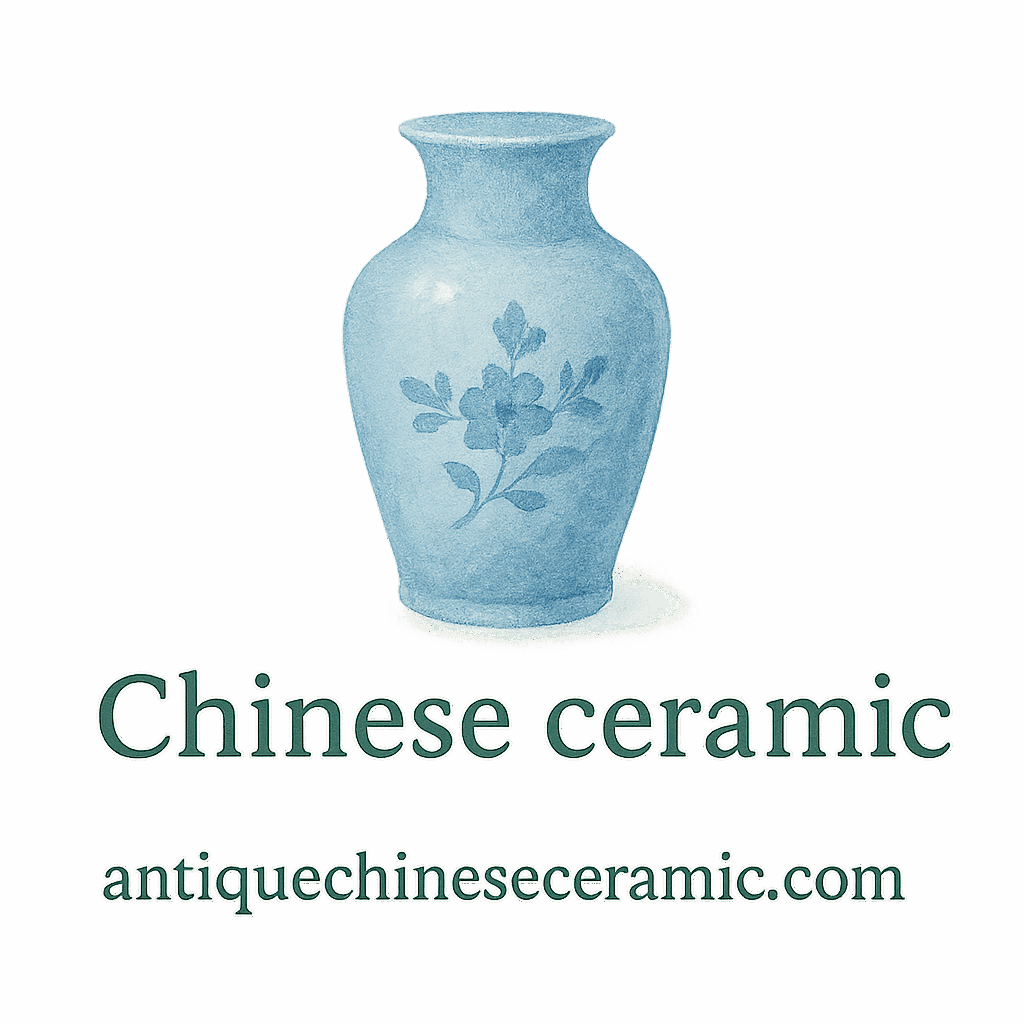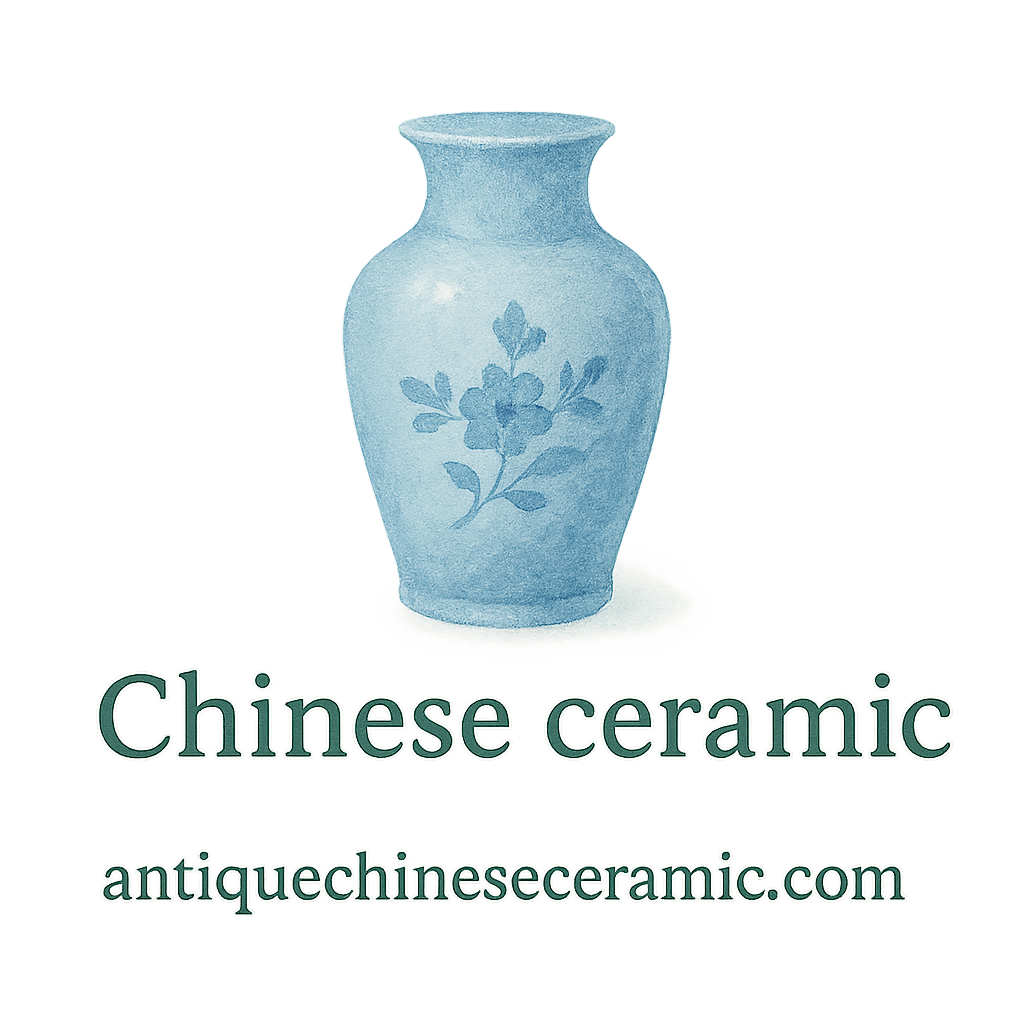If you’ve got antique Chinese ceramics in your possession, you’re holding a piece of cultural heritage—and that means you’ve got to treat it with the utmost care. These items aren’t just fragile; they’re irreplaceable. Whether you’re moving them across town or across continents, knowing how to properly transport antique Chinese ceramics is absolutely essential.
Let’s break down the top 9 best practices to ensure your prized pieces arrive safe, sound, and intact.
Understanding the Value of Antique Chinese Ceramics
Antique Chinese ceramics are more than just old pottery—they are intricate works of art and history. With roots reaching back to dynasties like the Tang, Song, Ming, and Qing, these ceramics tell stories of past empires and evolving craftsmanship.
If you’re not already immersed in this world, our Chinese ceramic history section gives you a deeper dive into their cultural and historical significance.
Why Proper Transport is Crucial
Due to their delicate surfaces and often thin structures, antique ceramics are highly susceptible to damage during transit. Chips, cracks, and even temperature-related issues can ruin a piece permanently. That’s why every move should be taken seriously and executed with precision.
1. Conduct Thorough Identification Before Moving
Knowing What You’re Dealing With
Before you even think about packing anything, you need to know what you’re handling. Identifying the ceramic’s age, dynasty, and condition helps inform how carefully it needs to be moved.
Leverage Identification Resources
Use guides or consult professionals to correctly identify your ceramics. Our identification guide can help you distinguish between valuable antique pieces and modern reproductions.
2. Assess and Document the Current Condition
Photograph Every Angle
Use your phone or a digital camera to photograph each piece from multiple angles. Get close-ups of any cracks, chips, or glaze details. This is critical not only for insurance purposes but also to check if damage occurs during the move.
Create a Condition Report
This written report should include dimensions, condition notes, and any markings or stamps. It’s a great practice especially when working with shippers or insurance agents.
Explore how to preserve ceramic pieces in their current condition over the long haul.
3. Choose the Right Packing Materials
Cushioning Is Key
Don’t skimp on quality packing materials—your ceramics deserve the best.
Bubble Wrap vs. Foam Wrap
Bubble wrap provides good shock absorption, but acid-free foam wrap is gentler on the surface. If you’re dealing with painted or glazed surfaces, foam may be a safer bet to avoid imprints or discoloration.
Avoid Newspaper and Recycled Boxes
Newspaper ink can transfer to the ceramic surface, and old boxes often don’t offer adequate structural integrity. Always choose new, sturdy, double-walled boxes and acid-free tissue paper.

4. Use Proper Packing Techniques
Wrap Items Individually
Each ceramic item should be wrapped on its own with generous padding to prevent any contact during movement. Avoid stacking items directly, even if they appear to fit snugly.
Double Boxing for Added Safety
Place the wrapped ceramic in a smaller inner box filled with padding, and then put that box inside a larger box with even more cushioning. This adds an extra layer of protection from shocks and vibrations.
5. Label Everything Clearly
Handle With Care Labels Are a Must
Use large, bold labels that say “FRAGILE,” “THIS SIDE UP,” and “HANDLE WITH CARE.” The more obvious, the better.
Use Fragile and Orientation Stickers
Stickers indicating which side should remain upright will help avoid accidents. It’s simple, but effective.
6. Opt for Climate-Controlled Transport
Humidity and Temperature Matter
Temperature fluctuations can cause ceramic to expand or contract, risking structural stress. Moisture in particular is a huge enemy of antique glazes and surfaces.
How Moisture Affects Ceramics
Even slight humidity can damage the ceramic’s glaze or cause mold in long-duration shipments. Use desiccant packs inside boxes to absorb any ambient moisture.
For long-term tips, explore our page on proper storage and preservation.
7. Hire Professional Art Handlers
When to Call in the Experts
If your pieces are highly valuable or you’re unsure about proper transport methods, call a professional. Art handlers and specialized antique movers understand the nuances of packing and logistics for delicate ceramics.
Choosing the Right Transport Company
Ask about experience with antique Chinese ceramics, insurance policies, and their packing techniques. Check if they’ve handled pieces like yours before.
We list some expert recommendations in our collecting guide.
8. Get Insurance for Your Shipment
Why Insurance Is Non-Negotiable
No matter how careful you are, accidents can happen. Protect yourself with full-value insurance that covers loss or damage during transit.
What Type of Insurance You Need
Look for fine art or antique-specific policies that provide coverage beyond standard movers’ insurance. Be sure to provide appraisals and photos.
Check out our valuation tips to help determine the proper insured value.
9. Store and Unpack with Caution
Let Items Acclimate Before Unpacking
If your ceramics have traveled far, especially across different climates, let them rest at room temperature before unpacking. Sudden changes in environment can cause stress to the material.
Use Proper Storage Containers
Once unpacked, place items in secure, padded containers for storage. Avoid direct sunlight, high humidity, or extreme cold.
For long-term preservation strategies, visit our full care and preservation section.
Conclusion
Transporting antique Chinese ceramics safely requires a mix of preparation, patience, and knowledge. With centuries of history wrapped into these pieces, you don’t want to take chances. From proper identification and insurance to climate-controlled transport and expert handlers, following these best practices ensures your treasures arrive safely.
Whether you’re a collector, a museum curator, or just someone lucky enough to own a piece of China’s glorious ceramic legacy, these tips will serve you well.
Want to learn more? Explore related topics at Antique Chinese Ceramic, where you’ll find expert resources on care, appraisal, auction, dynasties, and more.
FAQs
1. What is the safest way to transport antique ceramics?
Double-boxing with ample cushioning, using acid-free materials, and climate-controlled shipping is the safest method.
2. Should I hire a professional for moving Chinese antiques?
Yes, if the item is of high value or you’re unfamiliar with proper packing techniques, professional art handlers are highly recommended.
3. How do I find the value of my antique ceramic pieces?
Start with our valuation section and consider professional appraisal if the piece appears significant.
4. Can temperature affect my ceramic items during transport?
Absolutely. Fluctuations in humidity and temperature can cause glaze stress or cracking. Always use climate-controlled environments.
5. What kind of packaging is best for fragile Chinese ceramics?
Acid-free tissue paper, foam or bubble wrap, and double-wall boxes provide optimal protection.
6. How can I verify the authenticity of antique Chinese ceramics?
Use our identification guide or consult certified appraisers for verification.
7. Where can I learn more about Chinese ceramic care and collecting?
Explore our collecting section and tags like heritage, cleaning, and preservation to become a more informed collector.


